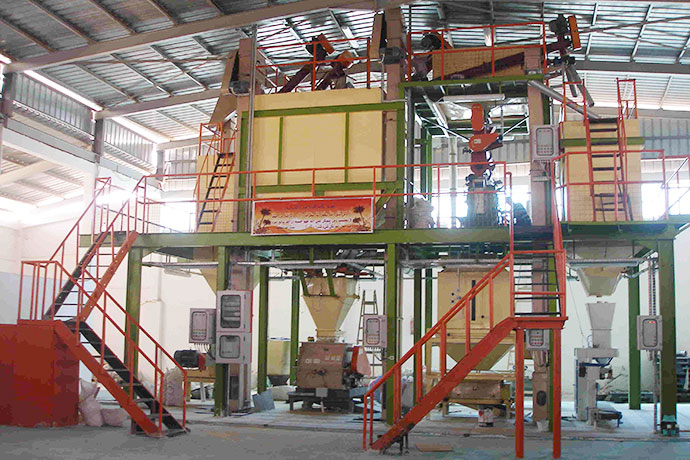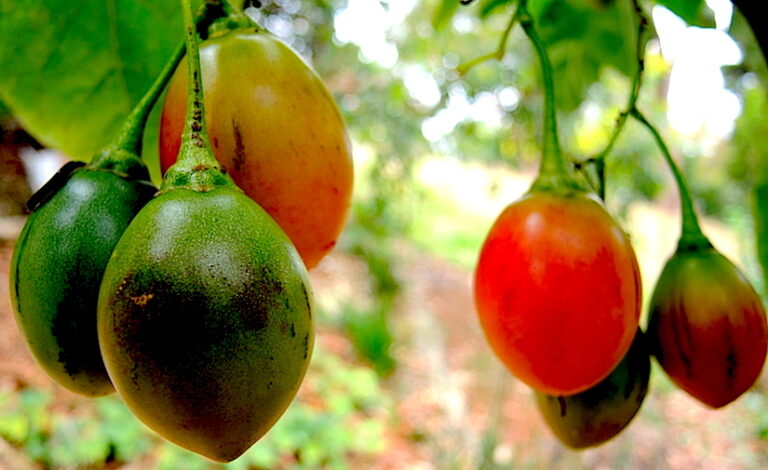Making bamboo products
Introduction
Bamboo is a highly versatile and sustainable material with numerous applications, from furniture to construction materials. The African continent has vast bamboo resources that are currently underutilized. Our business aims to leverage these resources by producing high-quality bamboo products for local and international markets. The company will be called “Bamboo Africa,” and its headquarters will be based in kigali , Rwanda .

Market Analysis:
The market for bamboo products is rapidly growing, driven by a shift towards sustainable and eco-friendly products. In addition, the growing demand for bamboo products in developed countries presents a significant opportunity for African businesses. With a population of over 1.2 billion people, Africa presents a massive potential market for bamboo products.
Target Market:
Bamboo Africa will target two primary markets: local and international. The local market will consist of retail and wholesale customers, including furniture stores, construction companies, and individuals. The international market will include distributors and retailers in Europe, North America, and Asia.
Products and Services:
Bamboo Africa will produce a wide range of products, including furniture, flooring, building materials, and household items. The company will focus on creating products that are not only aesthetically pleasing but also durable and sustainable. In addition, the company will offer custom-made products to meet the unique needs of its clients.
Marketing and Sales:
Bamboo Africa will utilize a variety of marketing channels, including social media, online advertising, and exhibitions. The company will also establish partnerships with distributors and retailers in target markets. The sales team will consist of experienced professionals who will work to build lasting relationships with clients.
Operations:
Bamboo Africa will source its raw materials from local bamboo forests, which will be harvested sustainably to ensure the preservation of the ecosystem. The production process will be carried out using state-of-the-art equipment and technologies to ensure efficiency and high-quality products. The company will also focus on waste reduction and recycling to minimize its environmental impact.
Management Team:
Bamboo Africa will be led by a team of experienced professionals with a passion for sustainable business practices. The team will consist of a CEO, operations manager, marketing manager, and finance manager, among others.
Financial Projections:
The initial investment required for the establishment of Bamboo Africa is estimated to be 500,000. The company projects revenues of 1.5 million in the first year, increasing to 5 million by the fifth year. The company expects to break even in the third year of operations.
Conclusion:
Bamboo Africa is a sustainable business venture that presents a significant opportunity for both local and international markets. The company’s focus on high-quality and eco-friendly products, coupled with its experienced management team, positions it for long-term success. With a growing market for bamboo products, Bamboo Africa is well-positioned to become a leader in the industry.
Here’s an example of a projected profit and loss statement for Bamboo Africa for the first three years of operations:
| Year 1 | Year 2 | Year 3 | |
| Revenues | $1,500,000 | $3,000,000 | $4,500,000 |
| Cost of Goods Sold (COGS) | $900,000 | $1,800,000 | $2,700,000 |
| Gross Profit | $600,000 | $1,200,000 | $1,800,000 |
| Operating Expenses | |||
| – Salaries and Wages | $300,000 | $450,000 | $600,000 |
| – Rent and Utilities | $50,000 | $70,000 | $90,000 |
| – Marketing and Sales | $100,000 | $200,000 | $300,000 |
| – General and Admin | $50,000 | $60,000 | $70,000 |
| Total Operating Expenses | $500,000 | $780,000 | $1,060,000 |
| Net Profit Before Taxes | $100,000 | $420,000 | $740,000 |
| Taxes (20% of Net Profit) | $20,000 | $84,000 | $148,000 |
| Net Profit After Taxes | $80,000 | $336,000 | $592,000 |
Note that these figures are based on projections and may vary based on various factors, including market conditions and operational performance.







